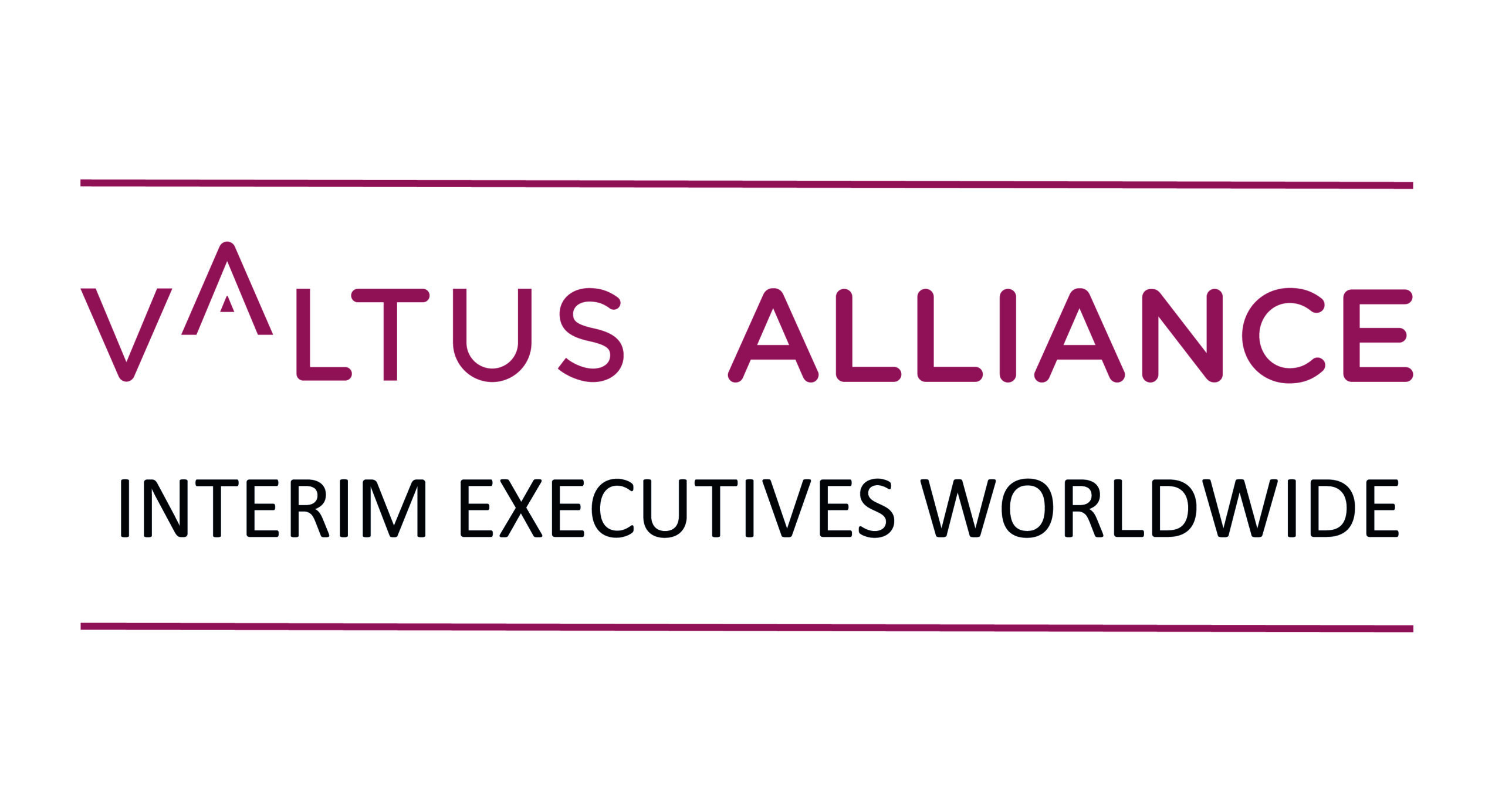‘Covid-19 has made us realize that working differently is possible and sometimes necessary. Self-direction and self-organization are, more than ever, on the agenda today. But when we talk about empowerment, there are as many success stories as there are organizations that have failed. Only the latter are talked about much less,’ says Stefan Peetroons, Partner at VALPEO, which specializes in consulting on leadership and selection of executive and senior management positions.
According to Peetroons, insufficient attention is paid to the empowerment of people – emancipation so to speak. ‘If you want to install a new organizational culture, first of all you have to check to what extent it matches people’s motives. Not everyone wants to act autonomously, not everyone can handle that, and not everything can be engineered.’
‘Organizational forms based on greater autonomy and self-management are interesting concepts, but do people also find them valuable and attractive? Does it fit with who they are, what they stand for and what they are capable of? If you don’t take that into account, the new organization will not work.’
Hierarchy
For Peetroons, the first thing to look at is the essentials. What is the problem with the hierarchy, what makes it not work? That is necessary o understand what empowerment can bring.
‘Hierarchy is often abused by people who are driven by power to accumulate power. Hierarchy is seen too much as structural, whereas it is cultural. Structure determines how people relate and within what context autonomous action is expected.’
A hierarchical organizational chart evokes a sense of subordination, when in fact it says just as much about who adds what value. Draw the same structure in a circle, and a much more positive emotion emerges. ‘We see organizations experimenting with other forms and terminologies, such as “circles” instead of “boxes” or “teams” instead of “services”. People are also introducing other concepts such as “delegated authority” and “aligned autonomy.” The word hierarchy carries an emotional charge.’
The basic purpose of hierarchy is to let go of work and give context to whoever is shaping the responsibility assigned to him or her. ‘But then you have to give the people to whom the work is delegated sufficient context. That’s the essence of an organizational chart: to create clarity and not install power,’ says Peetroons.
‘There’s a lot of talk about responsibilities and required competencies but little about what added value is expected in a role. Distribution of responsibilities can only succeed if the why of each role is clear and the context is unambiguously defined and communicated.’
Context
Peetroons stresses that people need context to act autonomously. ‘It makes no sense to take away the team leader if that person was the only one who gave structure and the subordinate needed structure to act autonomously. By taking away that structure, you also risk taking away the context that people need to function.’
‘New forms of organization are only successful if they put people in a context where they can be themselves to the fullest, where their potential is used to the full. They have to do work that is meaningful to them within the framework in which they like to be active. Too often, we see that the form of an organizational chart is looked at from the conviction that equality prevails, while in fact we want to install equivalence. Equivalence requires that everyone is valued and deployed in a context that matches what someone can manage.’
Autonomy
The corona crisis, lockdowns, and work-at-home jobs demonstrate that people are capable of acting autonomously, provided they are given sufficient context. ‘If people are driven and agree with the ambitions associated with a job or organization, then little direction is needed. As long as the expectations are clear,’ says Peetroons.
That calls for leaders with an eye for why people think and act, leaders who consciously deal with this in the design of the culture and structure, and leaders who pay attention to engagement and motivation. The new way of working after Covid demands that the leader examines where there is sufficient context to work autonomously, and where not enough, and then adjusts and adapts. Stimulating, supporting and limiting is the message.’
‘This starts with an awareness of how much context employees need to act autonomously. What is the level of complexity that one can manage? How much guidance or support does someone need? These are just some of the questions that determine the success of letting go and empowering,’ Peetroons concludes.
‘Empowerment does not begin with reflections on the ideal structure. It starts with the autonomy that people need to play out their added value to the full.’
Subscribe to Ripple, the newsletter
Gain expert advice, innovative strategies, and actionable insights to drive sustainable growth and empower your organisation to thrive in today’s dynamic business landscape.



